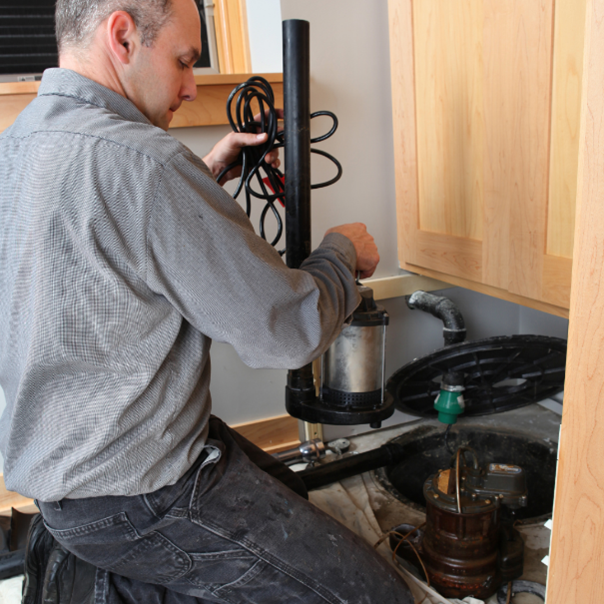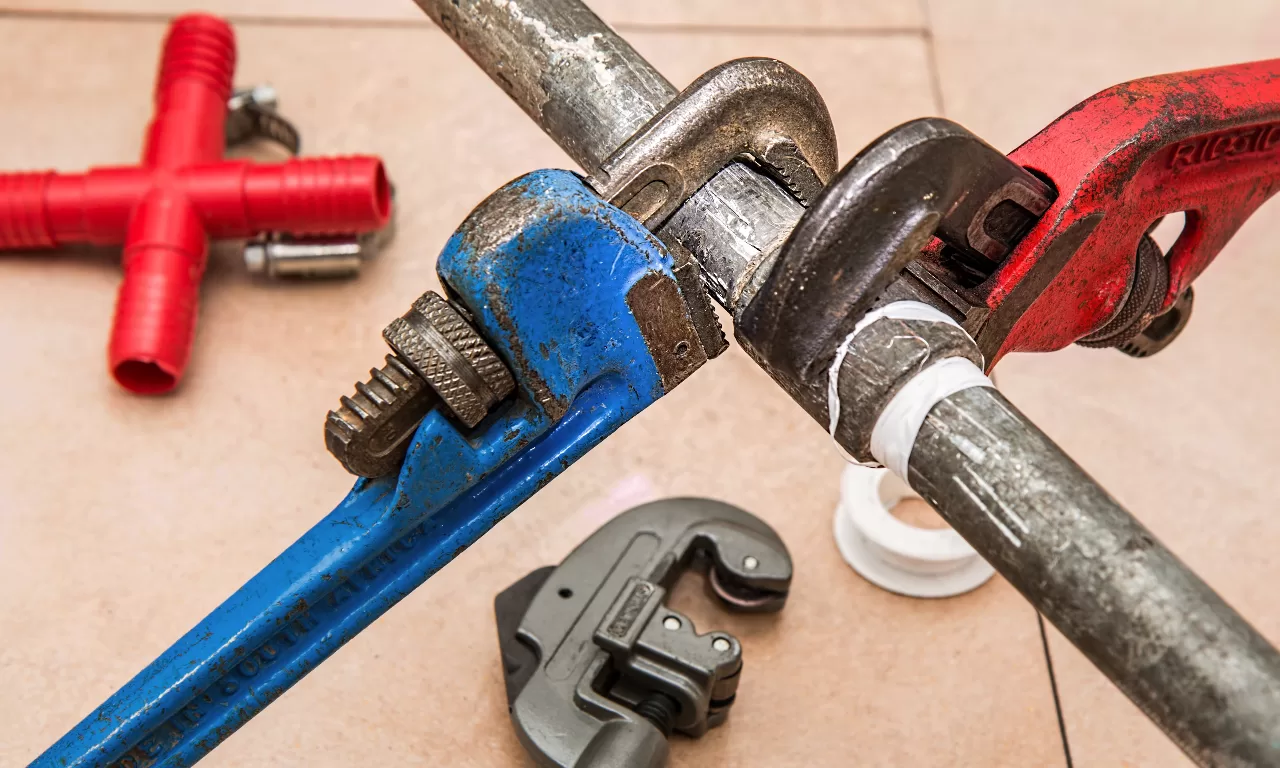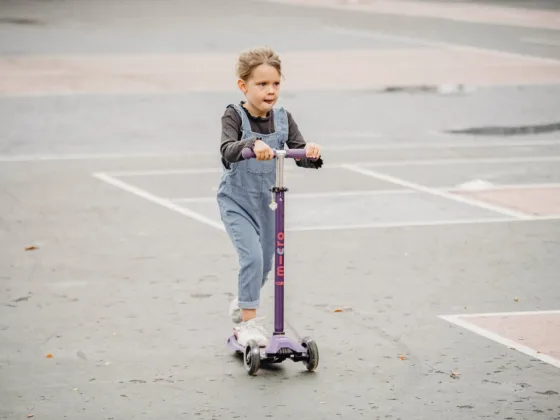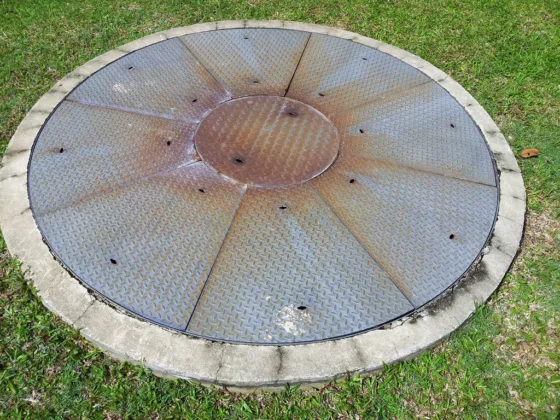Being a responsible dog owner is more than just about taking care of your pooch.
It’s also about ensuring they’re good neighbors, respectful to those living around them.
Dogs that are left alone all day tend to bark and whine excessively, which can be a nuisance to others.
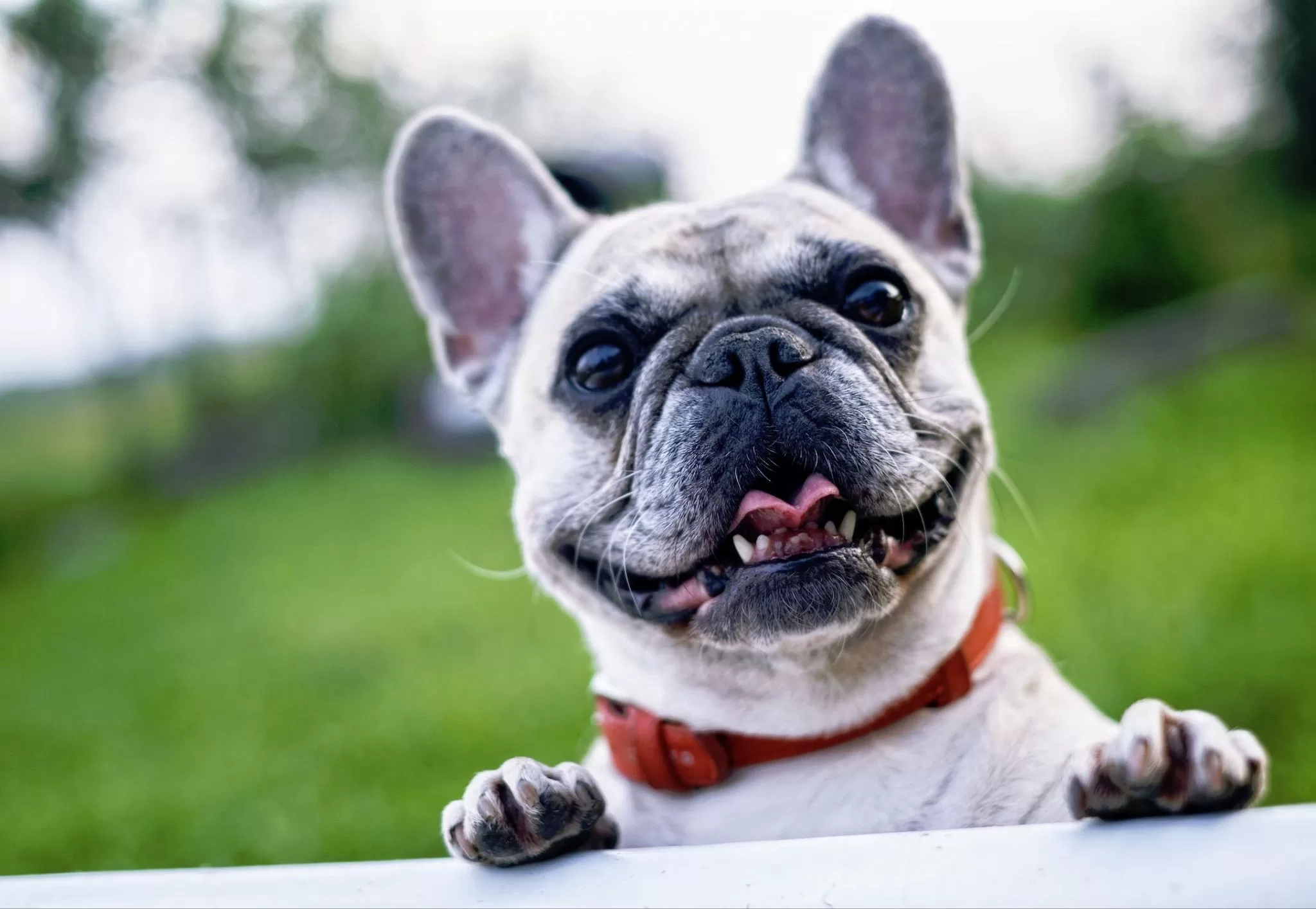
A well-trained, quiet dog not only contributes to the peace in the neighborhood but also reflects positively on you as an owner who takes pet ownership seriously.
So with that in mind, let’s talk about what you can do to address this, and why a dog might be misbehaving in the first place.
Understanding Canine Separation Anxiety: Signs and Symptoms
Separation anxiety in dogs happens when they are left alone, which can lead to significant distress.
Understanding the signs is crucial to identifying whether your dog suffers from this condition.
Here are a few symptoms:
- Excessive barking or whining during your absence
- Destructive behavior such as chewing on furniture, shoes, or anything available
- Uncontrolled urination even though previously toilet trained
- Pacing back and forth restlessly
These symptoms only qualify if they’re recurrent every time you leave home.
A single episode doesn’t necessarily mean separation anxiety.
If these behaviors seem familiar, it’s essential to address them swiftly not just for the sake of neighborly harmony but more importantly for your furry friend’s overall well-being.
Steps to Mitigate Your Dog’s Anxiety
If your dog is showing signs of separation anxiety, don’t worry – there are ways you can help! By incorporating some changes and remedies into their routine, you can directly address your canine’s fears.
- Create a safe space: Give them an area where they feel secure while you’re away.
- Exercise before leaving: A tired dog is less likely to get anxious when left alone.
- Interactive toys keep the mind busy and lessen feelings of loneliness.
- Use the best canine probiotics for gut health. These supplements have been shown to support better mental health as well, making your animal happier in every context.
Don’t forget that consistency is key in these steps. It might take time for your pup to adjust fully.
The goal isn’t another boring command but creating a relaxed environment any time they’re alone at home.
The Role of Basic Training in Improving Your Dog’s Behavior
Proper training can work wonders for your dog’s behavior, making them not only a good companion but also an excellent neighbor.
Read Also :
Here are some tips:
- Start with basic commands: Teach sit, stay, and quiet. Reinforce these behaviors frequently.
- Reward good behavior: Positive reinforcement is key. Treats, praises, or pets can encourage good manners.
- Consistent routines: Keep feeding times and walks consistently to avoid anxiety.
Once again, patience is paramount during this process. It might take time to see results.
You’ll need consistent effort over several weeks or even months before the new habits stick.
However, once they do start learning these commands properly, you will notice a significant difference in how much more relaxed your pet becomes when left alone at home, which ultimately is beneficial for everyone involved.
Simple Ways to Keep Dogs From Disturbing Neighbors: Noise Control Tips
If the noise of your dog barking non-stop is becoming problematic, there are certain measures you can take:
- Noise-distracting toys: Toys that produce sounds or release treats when interacted with can keep your pet engaged.
- Neighborly communication: Discuss their schedule. Adapt your dog’s active period to times when neighbors aren’t resting.
- Soundproofing upgrades: Consider investing in soundproof curtains/carpet or a white noise machine.
It’s important to remember that dogs bark and make noises.
It’s an innate part of being a canine.
However, we must respect those living around us by preventing unnecessary disturbances whenever possible.
These suggestions promote ways to maintain peace without suppressing our beloved pets’ natural behaviors.
Integrating Socialization Into Your Furry Friend’s Routine
Socialization is another fundamental aspect of training your dog to be a good neighbor.
It helps your pet become more adaptable and less fearful of new situations. Here are a few tips:
- Regular walks: This allows them to experience various sights, sounds, and smells in the neighborhood.
- Playdates with other dogs: This can help learn friendly behavior around fellow canines.
- Puppy training classes: These provide structured environments for controlled interactions.
Effective socialization requires gradual exposure coupled with positive reinforcement.
Introduce new experiences slowly and always reward your dog for interacting confidently and calmly.
Well-socialized dogs not only make better neighbors but they’re also generally happier pups because they can comfortably navigate their environment independently while you’re away from home.
Wrap-Up
In short, raising a neighborhood-friendly dog takes dedication. Remember to look out for symptoms of separation anxiety and address them promptly.
Also, reinforce basic training commands regularly and incorporate physical activities into their routine before you leave home.
On top of these steps, it’s wise to invest in noise control measures as needed or consider soundproofing your living space if the surrounding area tends to stay quiet during specific hours.
And of course, it pays to socialize your dog gradually but consistently to prepare them for various situations when they’re home alone.
Lastly, maintain open communication lines with your neighbors regarding any relevant concerns about your pet’s behavior.
After all, being approachable is yet another component of being a good neighbor, whether you’re a human or a pet! By following these comprehensive steps outlined above, you can implement change one paw at a time until peace is restored.
